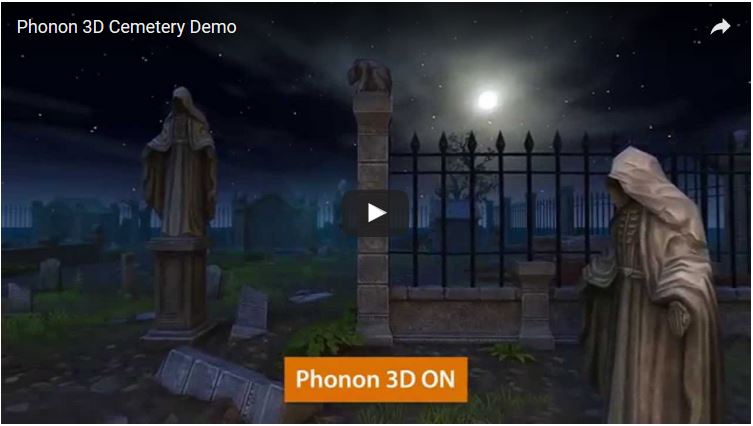
UNC received a $2 million award from a division of the National Institutes of Health (NIH) to explore the use of nanopore technology aimed at more accurate and efficient DNA sequencing.
The principal investigator is Mike Ramsey, the Minnie N. Goldby Distinguished Professor of Chemistry in the College of Arts and Sciences.
Ramsey and his colleagues plan to develop a low-cost method for rapidly mapping individual genomes. Such maps will help determine how large mutations in DNA structure contribute to human disease and improve diagnostic testing using genomics.
Nearly $17 million was awarded to eight research teams through the National Human Genome Research Institute (NHGRI)’s Advanced DNA Sequencing Technology program, part of the NIH.
“Nanopore technology shows great promise, but it is still a new area of science. We have much to learn about how nanopores can work effectively as a DNA sequencing technology, which is why five of the program’s eight grants are exploring this approach,” said Jeffery A. Schloss, program director for NHGRI’s Advanced DNA Sequencing Technology program and director of the Division of Genome Sciences.
Nanopore-based DNA sequencing involves threading single DNA strands through tiny pores. Individual base pairs — the chemical letters of DNA — are then read one at a time as they pass through the nanopore. The bases are identified by measuring the difference in their effect on current flowing through the pore. For perspective, a human hair is 100,000 nanometers in diameter; a strand of DNA is only 2 nanometers in diameter. Nanopores used in DNA sequencing are 1 to 2 nanometers in diameter.
This technology offers many potential advantages over current DNA sequencing methods, said Schloss. Such advantages include real-time sequencing of single DNA molecules at low cost and the ability for the same molecule to be reassessed over and over again. Current systems involve isolating DNA and chemically labeling and copying it. DNA has to be broken up, and small segments are sequenced many times. Only the first step of isolating the DNA would be necessary with nanopore technology.
Innovation is crucial in these as well as the other (non-nanopore) studies being funded. For example, one research team eventually hopes to use light to sequence DNA on a cell phone camera chip for under $100.
The costs of DNA sequencing have greatly declined since 2003, when the genome sequencing performed under the Human Genome Project was completed at a cost of approximately $1 billion. Only a year later, in 2004, sequencing a human genome cost an estimated $10-50 million, thanks to improvements in technologies and tools. By 2009, NHGRI met its goal of producing high-quality human genome sequences at a 100-fold reduction in price, or $100,000. While achieving another 100-fold drop in price has been difficult, sequencing a person’s genome today costs about $5,000 to $6,000 (http://www.genome.gov/sequencingcosts).
Read more about the individual project recipients.




